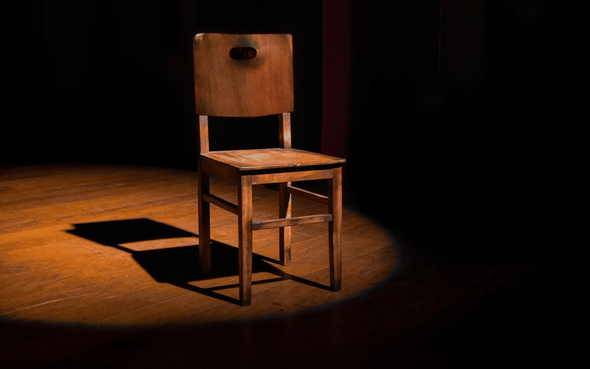Hot seating is a dynamic technique utilized across various fields, from education to therapy, to deepen understanding, encourage empathy, and foster communication. In this blog post, we'll delve into the hows, whats, and whys of hot seating, explore its applications through scenarios, and provide a list of the top 20 hot seating questions.

What is Hot Seating?
Hot seating is an interactive technique where one person, often referred to as the "hot-seater," takes on the role of a character or perspective while others ask questions or engage in dialogue with them. It's commonly used in drama, education, therapy, and training sessions to explore different viewpoints, understand motivations, and develop empathy.
Why Use Hot Seating?
-
Enhances Empathy: By embodying a character or perspective, participants gain insight into the emotions, motivations, and experiences of others, fostering empathy and understanding.
-
Encourages Critical Thinking: Hot seating prompts participants to think critically about issues, characters, or scenarios, encouraging deeper analysis and reflection.
-
Promotes Communication Skills: Participants practice active listening, asking relevant questions, and articulating thoughts and ideas, thereby enhancing communication skills.
-
Facilitates Perspective-taking: It allows individuals to step into someone else's shoes, promoting perspective-taking and broadening their worldview.
-
Engages Creativity: Participants tap into their creativity to inhabit characters, exploring situations from different angles and generating innovative solutions.
Scenarios:
-
Historical Figures: Students hot seat as historical figures to understand their perspectives on key events.
-
Literary Characters: Book club members hot seat as characters from a novel to delve deeper into their motivations and actions.
-
Therapeutic Settings: Clients hot seat to explore their emotions, thoughts, and behaviors in a safe, supportive environment.
-
Workplace Training: Employees hot seat to simulate customer interactions, improving customer service skills.
Top 20 Hot Seating Questions:
- What motivates you to act the way you do?
- Can you describe a typical day in your life?
- How do you feel about the situation you're in?
- What are your hopes and dreams for the future?
- What challenges do you face in your current circumstances?
- How do you perceive other people in your life?
- What do you fear the most?
- Can you share a significant moment or memory from your past?
- How do you cope with stress or adversity?
- What do you value most in life?
- What are your strengths and weaknesses?
- How do you interact with others in your community?
- What would you like others to understand about you?
- What role do you play in your relationships?
- How do you envision your ideal future?
- What obstacles do you encounter in achieving your goals?
- How do you feel about yourself and your identity?
- What keeps you going when things get tough?
- How do you perceive the world around you?
- What do you wish others would do differently to support you?
You can create your own questions, use the ones from my blog or purchase some cue cards. See below.
"Hot Seat, is the ultimate adult party game centered around you and your quirks. Discover your spirit animal, unveil your safe word, and uncover those hilarious antics you'd only do under the influence. But the real fun begins when you learn what your friends think! Will they crown you as a party-loving alpaca or label you as a responsible accountant? Get ready for endless laughter and surprising revelations with Hot Seat! Are you up for the challenge?"
In conclusion, hot seating is a powerful tool for enhancing communication, empathy, and understanding. Whether used in educational settings, therapeutic contexts, or workplace training, it promotes perspective-taking, critical thinking, and creativity. By immersing participants in diverse roles and perspectives, hot seating fosters deeper connections and insights into the human experience.

Add comment
Comments